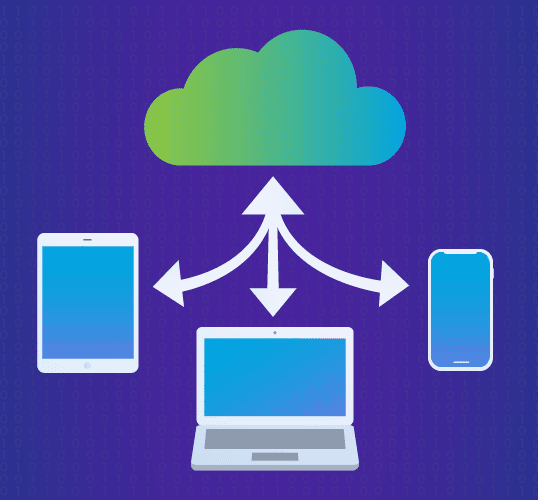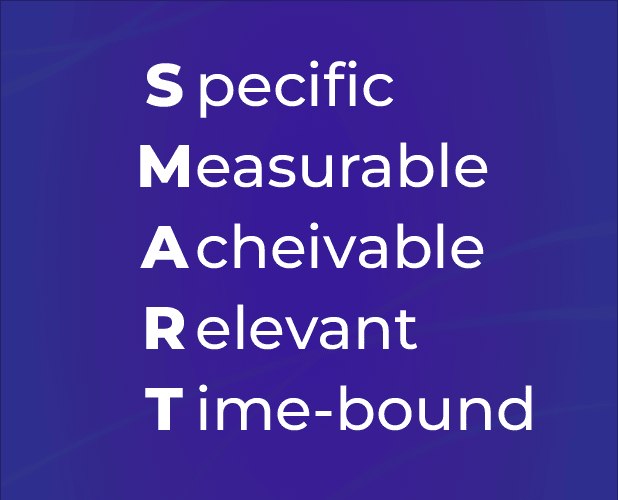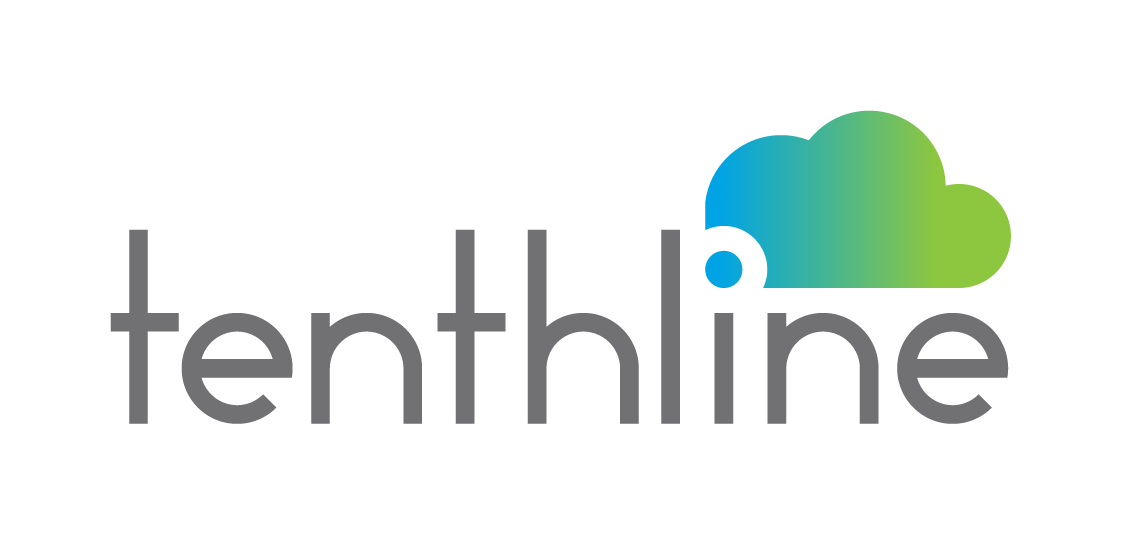Enterprise Content Management (ECM) is a strategy, method or tool utilized by an organization to capture, manage, store, archive and deliver data or information relevant to the organization’s processes. An ECM strategy allows an organization to manage information, wherever that information is stored.
The objective of an ECM system should be aligned with the requirements of an organization and its business strategy. Using solutions available on the commercial market with the option of configuration, rather than utilizing customized solutions, is considered best practice.
What is an Enterprise Content Management Strategy?
In the digital age, businesses need to be able to store and manage their data in a secure and efficient way. This is where enterprise content management (ECM) comes into play. ECM is a strategy that enables organizations to store, organize, manage, and retrieve information from multiple sources. An effective ECM strategy can help businesses keep up with changing technology and ensure that their content remains secure. Let’s take a closer look at what an ECM strategy involves.
The Benefits of an Enterprise Content Management Strategy
An enterprise content management strategy can help businesses improve their efficiency by providing them with better access to relevant data. By using an ECM system, businesses can quickly locate the information they need while reducing the time spent manually searching for it. An effective ECM system also makes it easier for team members to collaborate on projects since everyone has access to the same files and documents in one place. Additionally, an ECM system helps protect your organization’s sensitive data by keeping it out of the wrong hands.
Developing Your ECM Strategy
When developing your enterprise content management strategy, you should start by identifying your organization’s needs and goals for managing its digital content. Do you need to store large amounts of data or do you just need basic storage capabilities? Are there any specific security requirements or regulations that must be met? Once you have identified your needs, you should then select a platform or service that meets those requirements. Consider factors such as cost, usability, scalability, and integration before making your decision. Once you have chosen a platform or service provider, you should begin implementing your strategy according to your organization’s needs and goals.
Necessary requirements in developing a successful ECM system
There are some crucial elements to consider when developing a successful modern ECM system. These include:
Tenthline’s Alfresco ECM offerings go above and beyond for each of these elements. Get complete, customizable or out-of-the-box solutions for a competitive price.

Guiding Principles of using ECM within an organization
Set User Guidelines
This speaks to rules or policies put in place for users to adhere to, in managing content throughout its lifespan. Users should be informed of what’s expected of them and necessary training should be given in order for them to utilize these rules in their work processes. Regular monitoring and assessments should be done to ensure compliance with rules and guidelines.
Process Content
The use of paper content should be kept at a minimum and should be quickly converted to electronic format. Documents that were received in electronic format should be kept as such and not printed for paper storage or scanning.
Classify Content
Clearly identify a method for the organization and categorization of content and use automation or manual indexing to facilitate ease of access to search, access, retention and disposition by users. Ensure that the indexing process is structured to address accuracy issues and possible errors.
Minimize Duplication of Content
In order to avoid unauthorized duplication of content, it’s best to share information by using links to digital content rather than providing copies. Try to have full authorship of content in the same place it will be viewed and avoid the use of shared computer drives and email attachments. Measures should be put in place to ensure users are adhering to the required procedures.
Make Use of ECM Capabilities
The business should do an assessment to ascertain whether it is taking full advantage of its ECM capabilities. This should be in line with its strategy in order to improve business productivity and improve automated content for ease of use.
Make ECM Systems User Friendly
ECM systems should display speed, accuracy, and reliability in the content it provides to users and should be clear of any ambiguity. Authorized users in different locations should have ease of access to content whenever prompted.
Secure Content
The organization should put control measures in place with the use of ECM system capabilities to protect unauthorized persons from accessing pertinent content or unauthorized duplication. The organization should do periodic reviews of control measures and make adjustments where necessary.
In order to secure the maximum benefits from an investment into an ECM system, organizations should be clear on the type and specifications of an ECM system that best suits their requirements. Following these guiding principles during the implementation and ongoing content management processes is an important step in getting the most out of your ECM solution
Best Practices for Developing Enterprise Content Management Objectives
When developing ECM objectives, it is important to consider the best practices for goal setting. This will ensure that the objectives are SMART (specific, measurable, achievable, relevant, and time-bound), as well as feasible and actionable.

Additionally, the objectives should be aligned with the organization’s business goals. To ensure all of these criteria are met, follow these best practices:
- Begin by discussing the overall goals of the organization and how content management can help to achieve these.
- Work with key stakeholders to identify specific objectives for content management that support the organization’s goals.
- Make sure each objective is SMART, feasible, and actionable.
- Prioritize the objectives and create a plan for how they will be achieved.
- Review and adjust the objectives on a regular basis to ensure they remain relevant and attainable.
By following these best practices, organizations can develop content management objectives that are truly impactful and aligned with the organization’s overarching goals.
An enterprise content management strategy is essential for any business that wants to remain competitive in today’s digital landscape. An effective ECM system can help organizations improve their efficiency by providing them with better access to relevant data while also protecting their sensitive information from falling into the wrong hands. Developing a strong ECM strategy requires careful consideration of both organizational needs and budget constraints before selecting a platform or service provider for implementation. With the right strategy in place, organizations can ensure that all of their digital content is secure and accessible when needed most!


Leave A Comment